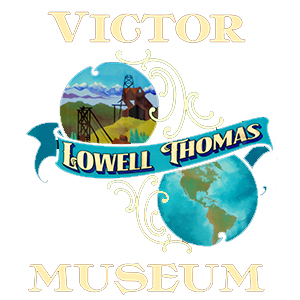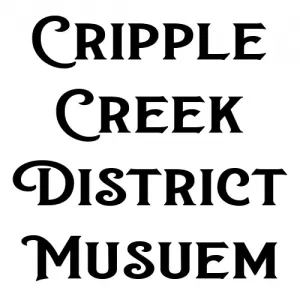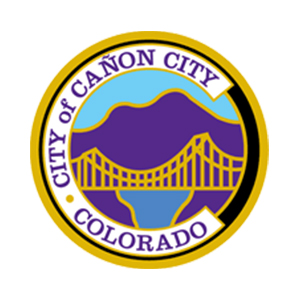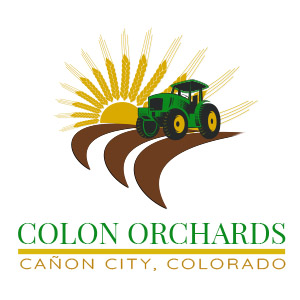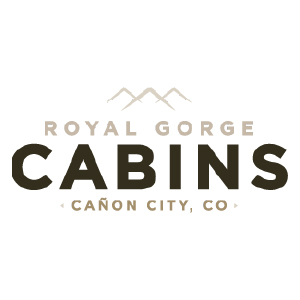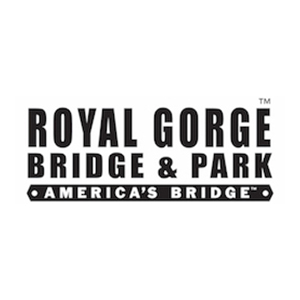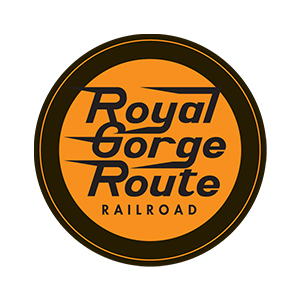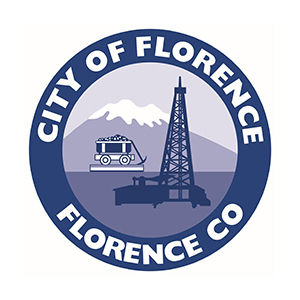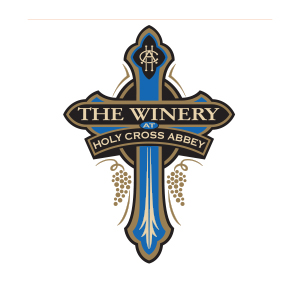Learn From Us
How Railroads Shaped Our Success
Cañon City's Early Commerce
2022-04-03 | Gold Belt Tour Scenic and Historic Byway
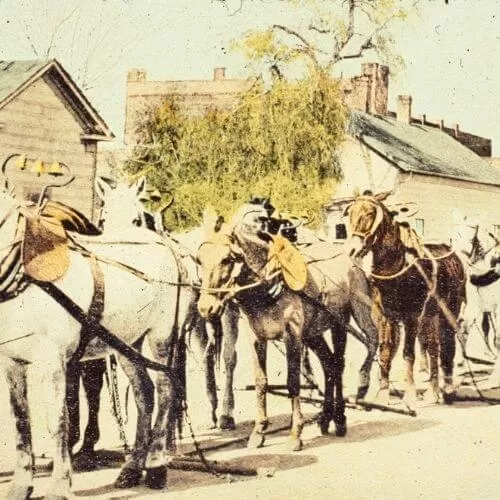 Settled by Anson Rudd family in 1860, Cañon City quickly became a regional center of commerce. The Arkansas River and its numerous tributaries provided ample water for agricultural, residential, and industrial uses.
Settled by Anson Rudd family in 1860, Cañon City quickly became a regional center of commerce. The Arkansas River and its numerous tributaries provided ample water for agricultural, residential, and industrial uses.
Farms, ranches, and orchards flourished in the fertile soils along the river. Silver and gold discoveries in the surrounding mountains provided a ready market for Cañon City farmers and merchants.
Wagon roads and railroads proved critical to Cañon City’s success. Wagon and stagecoach roads stretched south to the silver mines near Westcliffe and Silvercliffe and northwest to the silver and gold mines in Alma, Fairplay and Leadville.
The Arrival of the Railroad
In the late 1870s the Atchison, Topeka, and Santa Fe Railroad (AT&SF) and the Denver and Rio Grande (D&RG) Railroad arrived in Cañon City. The D&RG built on to Leadville in 1880 after the settlement of the bitter “Railroad War” with the AT&SF. This enhanced the brisk trade already enjoyed between Cañon City and Leadville.
In 1894, the Florence and Cripple Creek (F&CC) Railroad proved a more efficient connection to the mining district than the wagon road. Cañon City still managed to get a piece of the action by convincing the managers of the F&CC to build a branch line to Cañon City and share the facilities with the D&RG in 1899.
See More Articles




